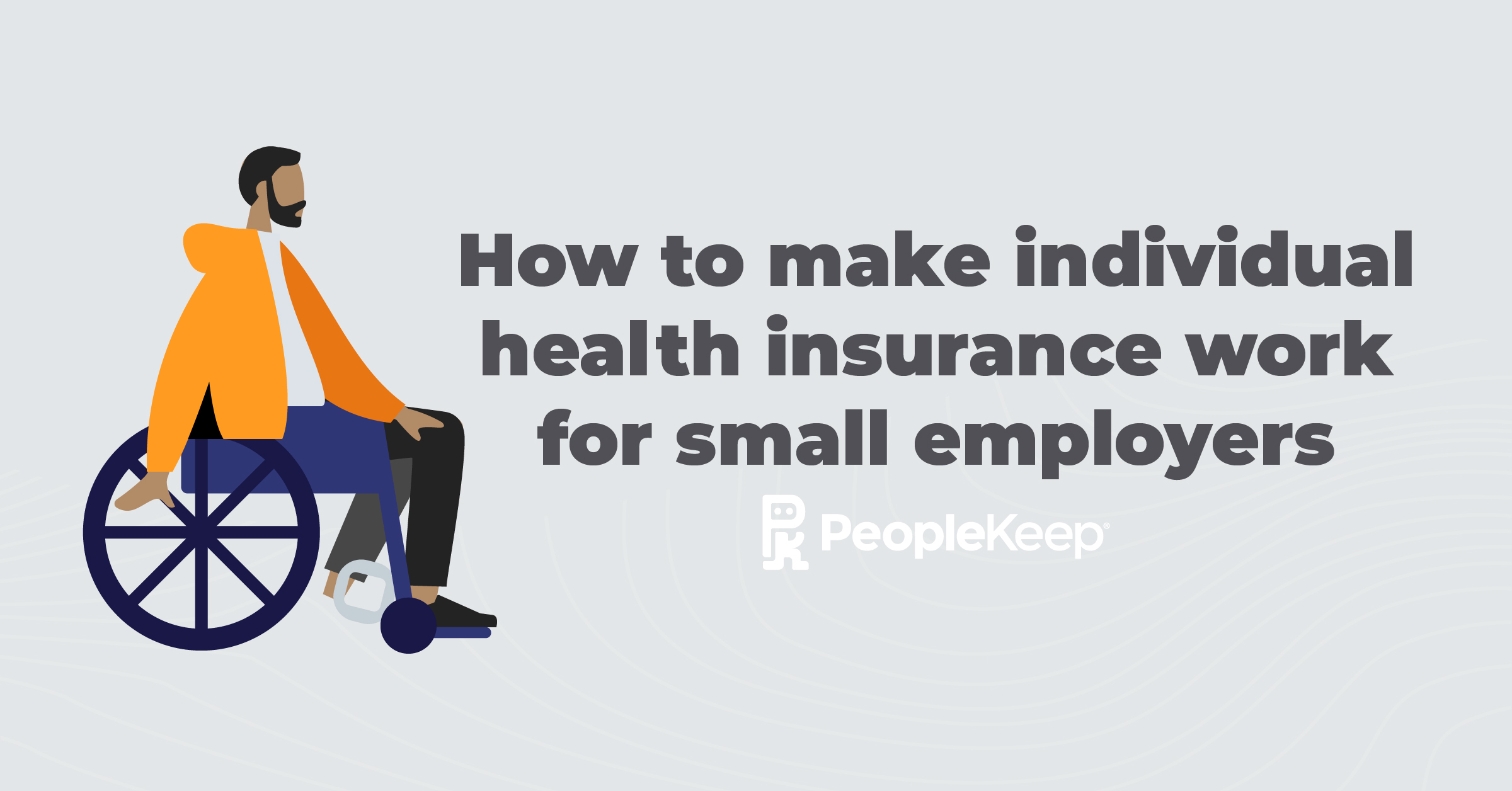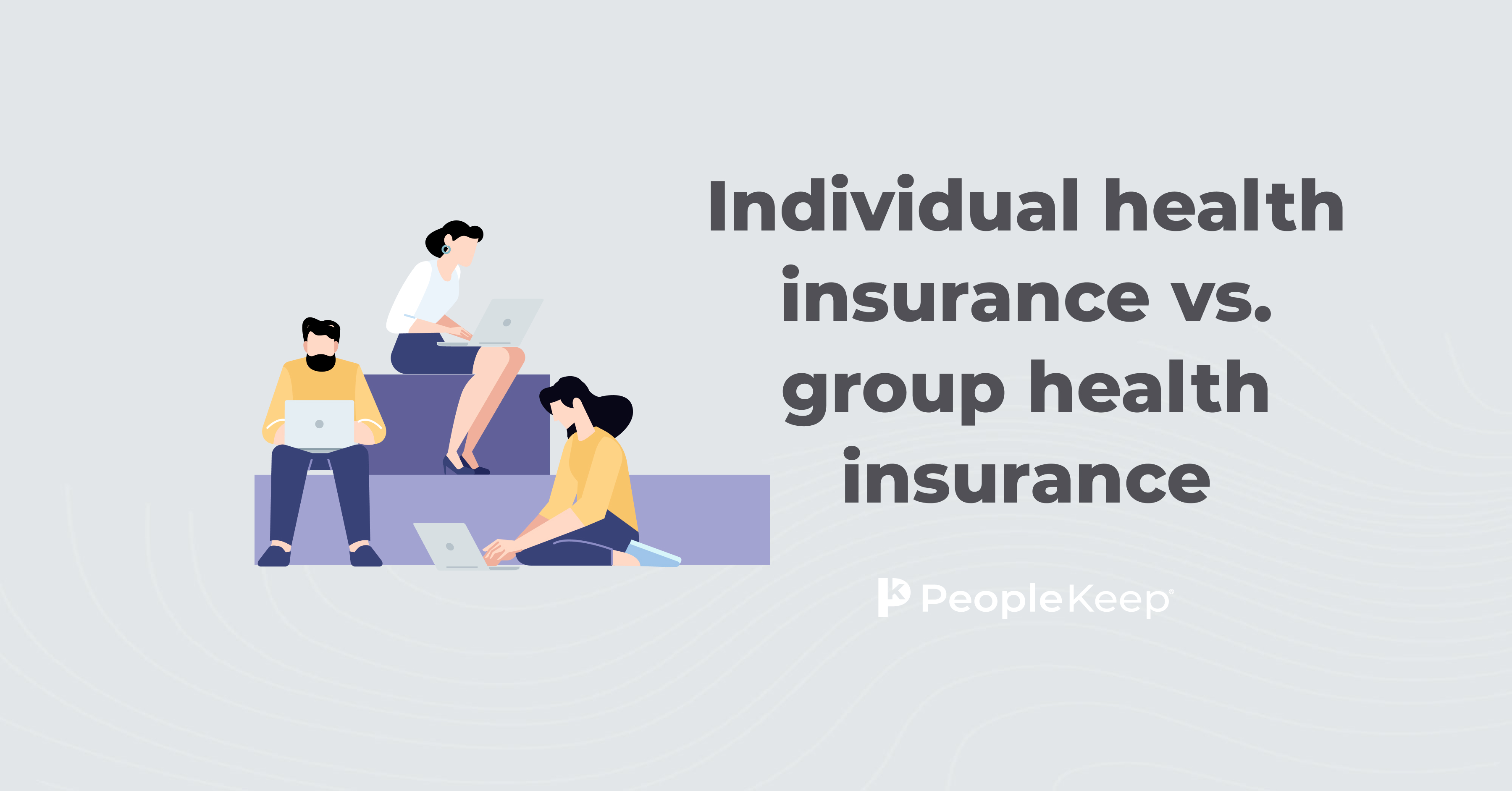The Covered California Individual Health Insurance Experience
By PeopleKeep Team on August 5, 2016 at 1:00 PM
The state of California’s choice to pursue an active role in negotiating health insurance plans has led to good results for its citizens since individuals across the state have reported relatively smooth transitions from group health coverage to individual plans under Covered California.
Success in California's Marketplace
Covered California is California’s health insurance marketplace. It enables both individuals and small businesses to buy health coverage at rates that are subsidized by the federal government. By the end of the first open enrollment period in 2014, 1.4 million individuals enrolled in an individual policy through Covered California—greatly exceeding the initial goal of 815,900 enrollees.
California is one of a minority of states that subscribes to the “active purchaser” model, meaning that it takes an active role in negotiating premiums, stipulating quality goals, and crafting plans that are offered in its marketplace. In its first two years of operation, it rejected several insurance carriers for failing to comply with requirements. This approach has led to a more simplified marketplace that provides better options for consumers.
NPR reported that in 2016, Covered California successfully obtained a copay cap on all of its prescription drug plans. For silver, gold, and platinum plans, patients pay no more than $250 per month. For bronze, patients pay no more than $500 per month. Covered California states that it is the sole exchange in the U.S. that requires plans to be standardized across the board.
Conversely, the majority of states, including those in the federal marketplace, use a clearinghouse model, where all insurers and plans are accepted, provided they are compliant with the Affordable Care Act (ACA).
During negotiations this year, Covered California convinced insurers to reduce premiums from between 1 to 9 percent, leading to $200 million in savings, both for the individuals paying premiums and the taxpayers. So far, Californians purchasing individual plans on the Covered California marketplace seem satisfied with their choices. This year, only 14 percent of enrollees who returned switched to a different insurer (compared to 43 percent on the federal exchange in 2016).
Covered California Policy Prices
For the first two years, California maintained fairly low rates, but an above average rise in premiums is expected in 2017. Covered California recently announced that the average premium will increase by 13.2 percent. Still, according to The Brookings Institution, premiums will continue to be much lower than they would have been without the ACA.
Compared to group coverage rates, individual health care premiums appear to be more affordable. In 2015, the average premium, inclusive of the company's contribution, was $573 per month for single coverage. Under Covered California, a 2016 monthly premium for the second lowest cost silver plan for a 40 year-old nonsmoker making $30,000 per year is $245 per month (and $206 per month after the tax credit).
How California's Individual Market Differs from Covered California for Small Business
An often-asked question is how companies might structure their employee benefits using Covered California's individual marketplace versus Covered California for Small Business. Covered California for Small Business is a defined contribution group plan. With a defined contribution group plan, a company will select a single or a dual tier and a contribution percentage. This provides a predictable budget for companies without the burden of selecting plans for employees. Companies have the option of offering multiple plans and getting just one monthly invoice.
With a benefits plan centered around Covered California's individual exchange, the company allows employees to select and own their insurance policies. Employees choose the policy that best fits their needs, keep the coverage regardless of employment status, and the company makes a monthly premium reimbursement allowance available for them. Companies can vary contribution amounts based upon family status and employee classifications, with no requisite maximum or minimum funding. Companies no longer need to select a group policy for their employees, instead they work with third party software to manage the allowances and verify the employee expenses.
Conclusion
Though premium prices continue to increase, Covered California provides a great example of a well-functioning state marketplace, backed by a state that works hard to provide its citizens with quality coverage. The purchase of individual health insurance has proven to be a good experience for many in California, with affordable premiums and consumer protections, such as the prescription drug co-pay cap, won for them by their state.
Have you purchased an individual policy on Covered California? Tell us about your experience in the comments section below.
Check out more resources
See these related articles

How to make individual health insurance work for small employers
Wondering how small businesses can use individual health insurance? Discover strategies to offer flexible, affordable coverage to your employees.

Individual health insurance vs. group health insurance
Wondering how group insurance differs from individual insurance? Find out in this comprehensive guide and make an informed choice for your organization.

Can a business pay for employees' individual health insurance plans?
Find out if your small business can cover individual health insurance plans for employees. Learn more about the pros and cons of this option here.


